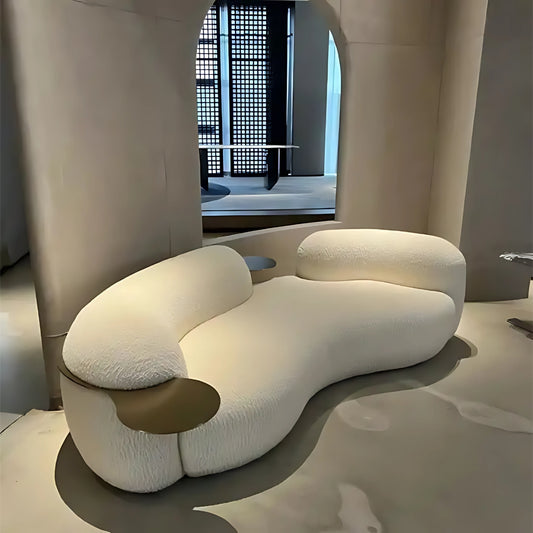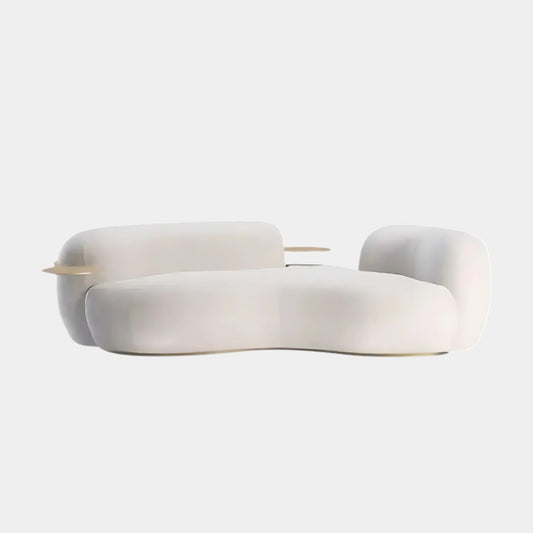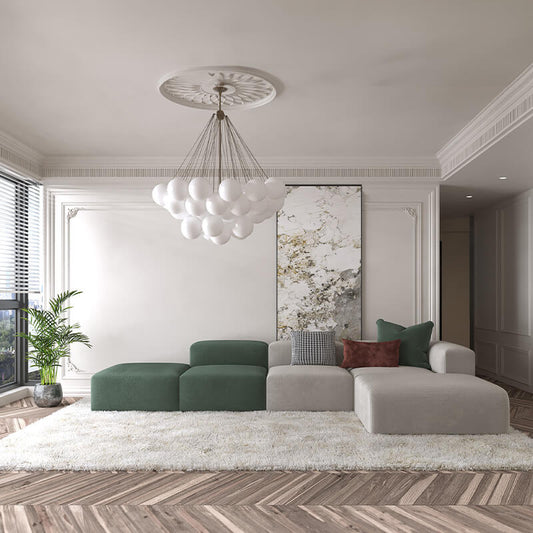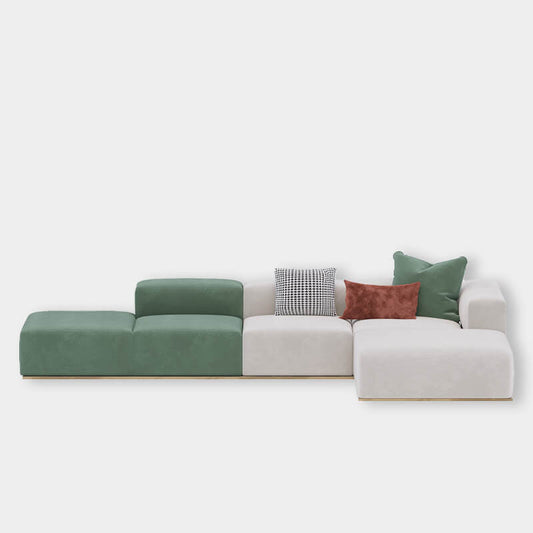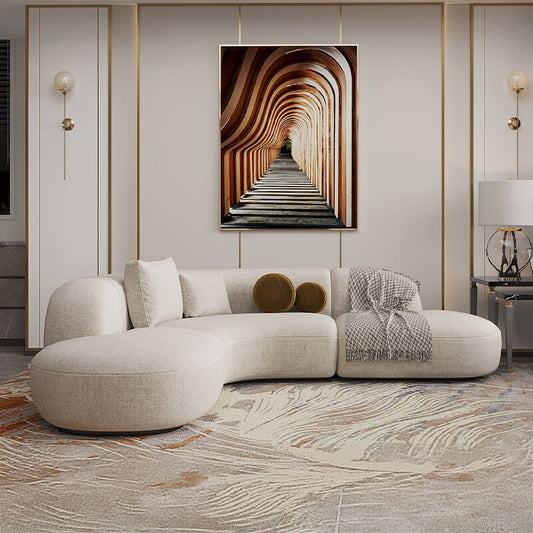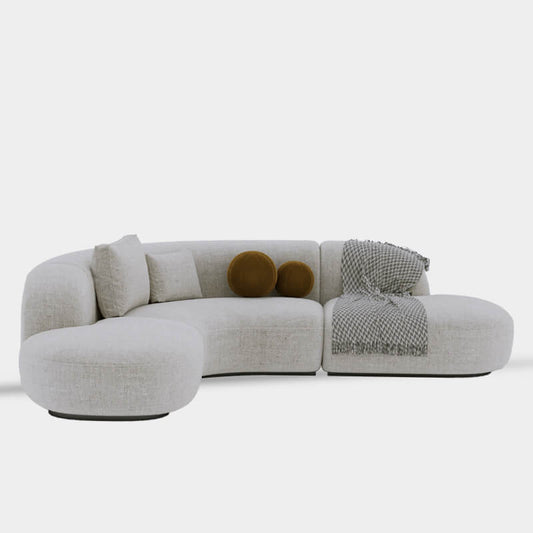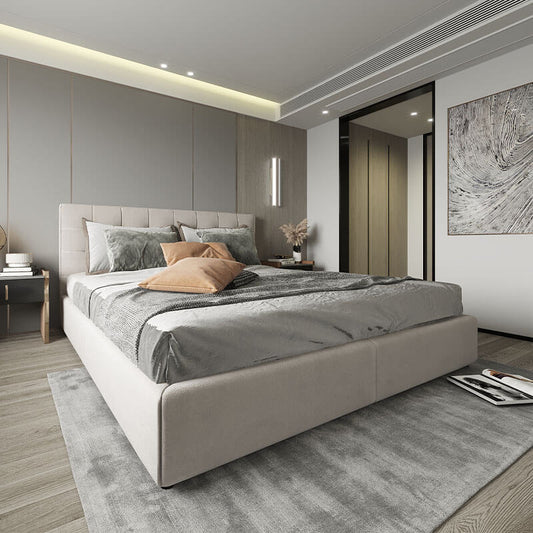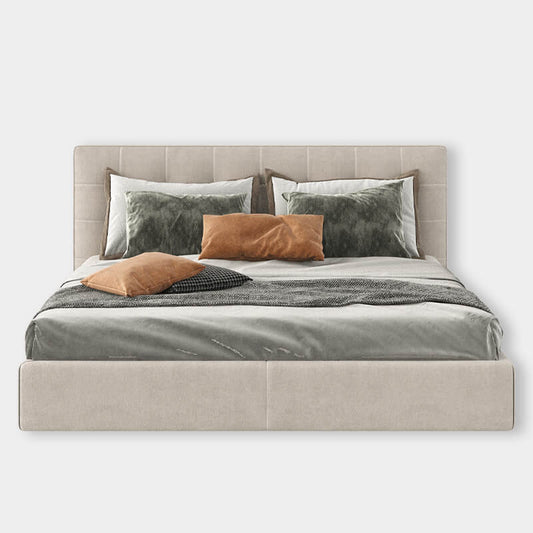Choosing the right interior design style for your home is an essential step in creating a space that reflects your personality, comfort, and aesthetic preferences. The ongoing debate between minimalist interiors and maximalist interiors highlights two opposite approaches to design. While one embraces simplicity and functionality, the other thrives on abundance, bold colors, and expressive decor.
If you're torn between the two, this guide will help you understand their core principles, benefits, and which style may suit you best.
What is Minimalist Interior Design?
Minimalism is centered around the philosophy of "less is more." It focuses on clean lines, uncluttered spaces, and a neutral color palette. Inspired by Japanese and Scandinavian aesthetics, minimalist interiors emphasize functionality and simplicity, creating a peaceful and organized home environment.
Key Features of Minimalist Interiors:
-
Neutral and Muted Color Palette – Shades of white, beige, gray, and soft pastels dominate minimalist designs, promoting a sense of calm and openness.
-
Simple and Functional Furniture – Every piece of furniture serves a purpose. Designs are sleek, modern, and often feature hidden storage.
-
Decluttered Spaces – Surfaces remain clean and free from excessive decor, making the space feel open and airy.
-
Natural Light – Large windows, sheer curtains, and strategically placed lighting maximize natural brightness.
-
High-Quality, Fewer Items – Instead of multiple decorations, minimalists invest in a few high-quality, timeless pieces.
Benefits of Minimalist Interiors:
-
Less Maintenance: With fewer items and clutter, cleaning becomes much easier.
-
Improved Focus and Relaxation: The lack of distractions promotes a peaceful and mindful atmosphere.
-
Timeless Aesthetic: Minimalist interiors rarely go out of style, making them a long-term design investment.
-
Budget-Friendly: Although quality pieces can be expensive, you save money by not over-purchasing decor and furniture.
Who is Minimalism Best For?
Minimalist interiors are perfect for individuals who prefer:
-
Clean, organized spaces
-
A clutter-free lifestyle
-
Simple, neutral aesthetics
-
Functional and multi-purpose furniture
What is Maximalist Interior Design?
On the opposite end of the spectrum, maximalist interiors embrace bold colors, patterns, textures, and layers of decor. It is an expressive style that encourages personal creativity, storytelling, and a sense of abundance.
Key Features of Maximalist Interiors:
-
Bold and Vibrant Colors – Rich hues like emerald green, deep blue, mustard yellow, and jewel tones dominate maximalist spaces.
-
Layered Patterns and Textures – Mixing different patterns, prints, and textures creates visual interest and depth.
-
Statement Furniture and Decor – Oversized furniture, decorative accessories, and eclectic artwork define the space.
-
Gallery Walls and Collectibles – Personal collections, travel souvenirs, and multiple artworks contribute to a lived-in and unique look.
-
Mix of Styles – Maximalism doesn’t follow strict rules. It blends vintage, modern, and global influences to create a dynamic space.
Benefits of Maximalist Interiors:
-
Highly Personalized Spaces: Every item tells a story, making your home a reflection of your personality.
-
Exciting and Lively Atmosphere: The use of bold elements creates energy and vibrancy.
-
Creative Freedom: There are no limits—mix and match patterns, colors, and materials as you like.
-
Showcases Collections: If you love books, art, or travel souvenirs, maximalism provides the perfect setting to display them.
Who is Maximalism Best For?
Maximalist interiors are ideal for those who love:
-
Expressive, bold aesthetics
-
Layered, textured spaces
-
Personal storytelling through decor
-
A vibrant, energetic home
Minimalist vs. Maximalist: A Side-by-Side Comparison
|
Feature |
Minimalist Interiors |
Maximalist Interiors |
|
Color Palette |
Neutral, muted |
Bold, vibrant |
|
Furniture |
Simple, functional |
Statement pieces |
|
Decor |
Minimal, few items |
Layered, abundant |
|
Atmosphere |
Calm, serene |
Energetic, lively |
|
Maintenance |
Low-maintenance |
Higher upkeep |
|
Personalization |
Subtle |
Highly expressive |
How to Find Your Perfect Interior Style
Still undecided? Here are a few questions to help you determine whether you lean more towards minimalism or maximalism:
-
Do you feel overwhelmed by clutter, or do you thrive in a space filled with personal items?
-
If you prefer a clean, uncluttered environment, minimalism is for you.
-
If you enjoy displaying books, art, and collectibles, maximalism might be your style.
-
Do you enjoy neutral, calming tones, or are you drawn to bold and vibrant colors?
-
Neutral lovers often prefer minimalism.
-
Color enthusiasts naturally lean towards maximalism.
-
Do you prefer a minimalist approach or an eclectic, layered style?
-
If you believe in simplicity, minimalism suits you.
-
If you love abundance, maximalism is the way to go.
-
Do you like to follow trends, or do you prefer a highly personalized space?
-
Minimalism tends to follow classic, timeless aesthetics.
-
Maximalism thrives on personality and mixing different styles.
Can You Combine Minimalism and Maximalism?
Yes! A balanced approach, known as Maximal Minimalism, blends the best of both worlds. Here’s how:
-
Keep a neutral base but add pops of bold colors.
-
Use functional furniture but include a few statement pieces.
-
Keep surfaces clean but add curated decor elements.
-
Stick to one focal point per room to avoid overwhelming the space.
This fusion allows you to maintain an organized home while enjoying the artistic expression of maximalism.
Choosing Your Ideal Interior Style
Choosing between minimalist interiors and maximalist interiors ultimately comes down to your personal preferences and lifestyle, also should be budget friendly. Minimalism offers a clean, peaceful environment with simple elegance, while maximalism brings creativity, vibrancy, and a bold statement.
Whether you embrace the serenity of minimalism or the expressive nature of maximalism, your home should be a reflection of you. If you find yourself drawn to aspects of both, don’t hesitate to mix and match elements to create a space that feels uniquely yours.





